Lettuce: Everything You Need to Know
Today, it’s all about Lettuce: Everything you need to know. Well, it’s almost planting season which means we need to talk about lettuce. This plant is something almost everyone plants in their garden, or want to plant.
I realize some people on certain medications can’t have dark leafy lettuce or spinach. Hopefully, you can eat some of these.
Through the years of planting a garden, I’ve learned a lot. So, I am going to teach you everything you need to know about lettuce. This is where I buy my garden seeds: SeedsNow
Related: What to Plant in March
Lettuce: Everything You Need to Know
It’s a great time to start growing your own food in your garden. It’s easier than you may think. We can do this, my friends, I promise. Lettuce is one of the easiest vegetables to grow.
Health Benefits of Lettuce
Despite the reputation of lettuce having zero nutritional value, it actually is quite nutritious. In fact, the nutrients you can find in it can help you meet the daily standard requirement for key nutrients and minerals. My favorite: Lettuce Knife.
These vitamins and minerals include:
- Vitamin C: As you may know, vitamin C is a powerful antioxidant that keeps your immune system healthy.
- Calcium: Calcium is needed for bones and strong teeth. It also helps support muscle, nerve, and blood clotting functions.
- Vitamin K: You need vitamin K to prevent you from bleeding to death when you cut yourself. It is vital for blood clotting and preventing bone fractures.
- Vitamin A: Also known as beta carotene, vitamin A is another powerful antioxidant that supports vision, eye, and cell health.
- Folate: Also known as vitamin B, folate helps make DNA and genetic material. It is especially important for women who are pregnant.
- Potassium: Potassium is what helps keep your heart working. It is a mineral that reduces blood pressure.
In addition to providing these vitamins and minerals, these plants are low in calories, so you aren’t putting on any extra pounds eating it.
Different Types of Lettuce
There are four basic types of lettuce that you will find in the store today. Within each type of lettuce, there are several different varieties you can get. You will find the breakdown below.
Butterhead
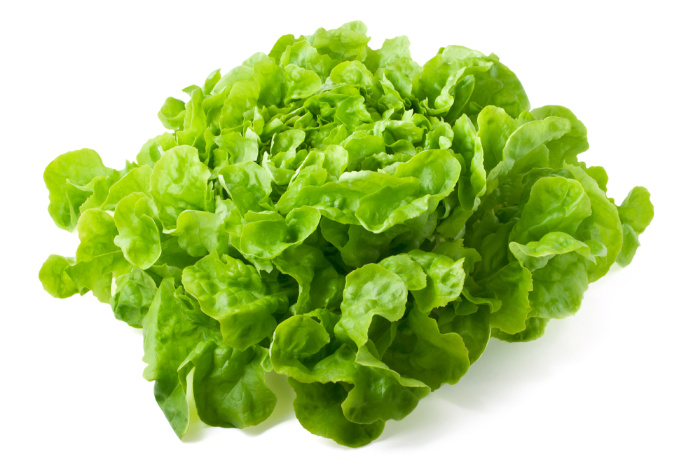
Butterhead is a type of lettuce that is characterized by a loosehead with grass-green leaves. The leaves have a soft “buttery” feel, hence the name. The flavors are usually sweet and mild.
Those considered to be butterhead lettuce include:
- Boston: Resembles a flowering rose
- Bibb: Has a small, cup-shaped head
Iceberg
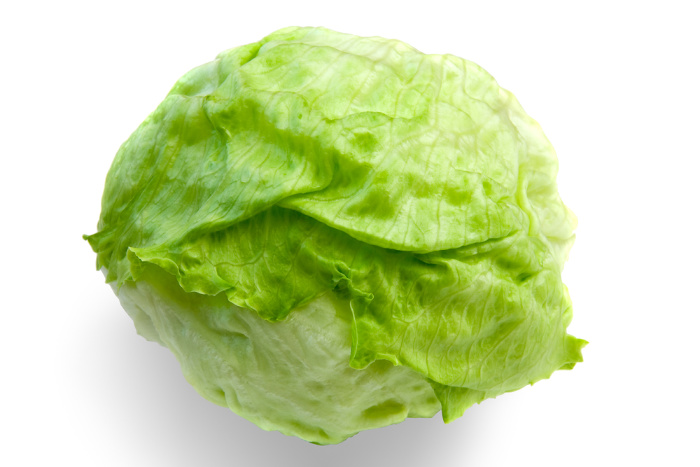
Iceberg is the most common type of lettuce. It is found at every supermarket and most people are very familiar with it. It is more accurately called crisphead, however.
This type of lettuce forms a tight, cabbage-like head. It is crisp with a mild flavor.
Loose Leaf
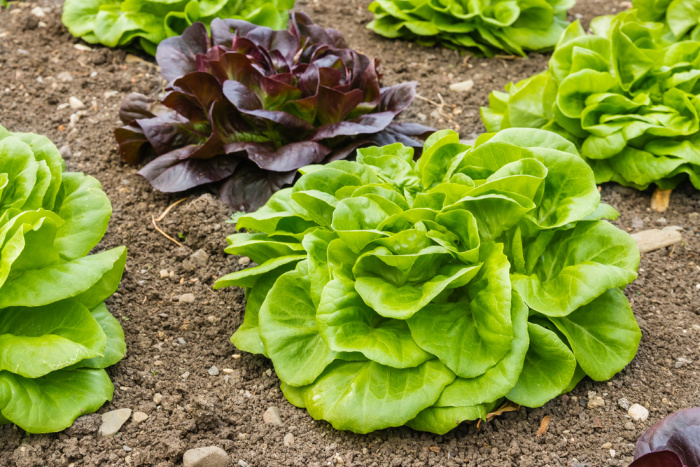
The Loose Leaf variety comprises a lot of different varieties. They have large, loosely packed leaves joined at the stem. The leaves are either green or red depending on the variety you get. Two popular varieties are:
- Red Leaf
- Green leaf
For those who are home gardeners, loose-leaf has an advantage over other types. This is because you can pick the leaves instead of pulling the whole head and the leaves will continue to replace themselves the whole season.
Romaine
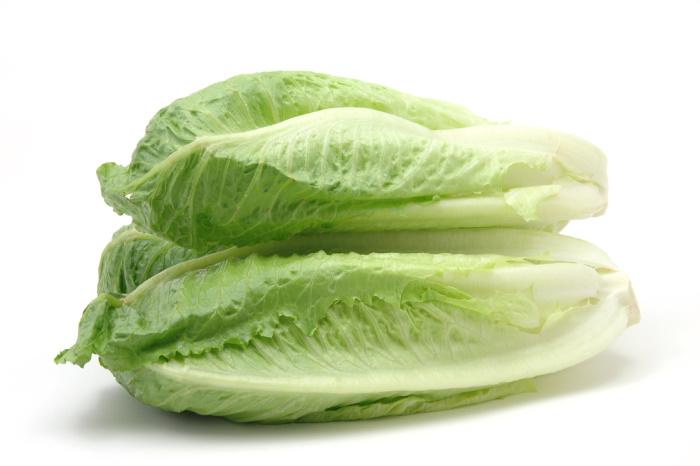
Romaine has long, deep green leaves that form a loaf-shaped head. Some varieties have a closed head where others are more open. Romaine has a crisp texture and a strong bitter taste.
But, that’s what makes it great in Caesar salads.
What Kind is Best for You?
All lettuce is nutritious and healthy for you. With that being said, you can’t expect all varieties to give you the same amount of vitamins and minerals.
In general, lettuce that is darker green is typically more nutritious than the lighter green. So, to answer this question, the most nutritious type you can eat is Romaine lettuce.
It gives you more folate, potassium, beta carotene, and lutein than any other variety.
One cup of shredded Romaine has the following nutritional values:
- 2.5mg of beta carotene
- 1.1mg of lutein
- 1/3 of your day’s worth of folate
Regular iceberg is only giving you:
- 0.2 mg of beta carotene
- 0.2mg of lutein
- 1/3 of your day’s worth of folate
As you can tell, Romaine does have more nutritional value. When it comes to nutritional value, here is my list from most nutritious to least:
- Romaine
- Green Leaf (part of loose-leaf)
- Red Leaf (part of loose-leaf)
- Butterhead
- Iceberg
So, if you are deciding on what kind to plant in your garden this year, think about the nutritional value you would like to have.
Lettuce: Everything You Need to Know
Did you know the most widely planted salad vegetable in the U.S. is lettuce? It is an ideal garden vegetable and grows pretty easily. With these growing tips, you will be able to have plentiful, crisp, green lettuce.
Related: What to Plant in April
When to Plant It
Lettuce does not like really hot weather. It prefers cool weather. Therefore, you will want to begin planting romaine, butterhead, and loose-leaf lettuce as soon as the soil can be worked in the spring.
Depending on what variety you plant, lettuce typically germinates in temperatures between 40 to 85 degrees.
If you want to plant a fall garden, you will want to plant your lettuce late in the summer so that it reaches maturity when it is cooler.
Where to Plant Lettuce
When planting lettuce during fall or spring, the ideal location is to put them in a spot that gets full sun. However, if you have decided to grow it during the summer or in warm zones, you will want to protect it by planting it in partial shade.
Soil Recommendation
Lettuce tends to grow best in loose, cool soil with good drainage. Adding organic materials such as compost or manure will increase the drainage in your soil as well as provide crucial nutrients for your plants.
If you have had issues with your lettuce not growing in the past, you may want to check the PH levels of your soil.
You can do this by purchasing a Garden Soil PH Tester on Amazon. Or, you could have your soil tested by your state extension service.
What is PH?
PH is the level of acidity that is in your soil. Each plant needs a different level of acidity to grow the best. Most varieties of lettuce grow best in PH levels of 6.5 to 7.5.
To adjust the PH levels, you can add lime or sulfur to your soil, depending on what it needs. Lime will increase the acidity whereas sulfur will decrease it.
How to Plant It
Head lettuce is typically started indoors. Many home gardeners will begin their seedlings indoors before spring. Once they have hit the last frost date, they then transplant them outdoors.
If you want to plant your seedlings outside, it doesn’t take much extra work. In fact, the seeds are pretty easy to plant and grow. Here are some tips:
- Plant seeds thinly in the soil.
- Put lettuce in rows that are 12 to 18 inches apart.
- Romaine and Butterhead should be planted 6 to 8 inches apart.
- Thin leaf lettuce needs to be planted 4 inches apart.
- Transplanted heads of lettuce should be 10 to 12 inches apart.
- Consider alternating rows of red and green lettuce for a whimsical look.
Watering Your Plants
You will want to water your lettuce lightly, frequently, and consistently. The goal is to keep the soil nice and moist. Not soaking wet, but moist.
How to Harvest Lettuce
Most lettuce can be harvested 30 to 70 days after it has been planted. The timing of harvest is really dependent on your individual preference. Once it reaches the size you want, it is ready to be harvested.
With the exception of Loose Leaf, you can harvest the entire head. With Loose Leaf, you will only want to harvest the leaves as they will continue to grow back.
Everything You Need to Know Series:
- Cucumbers: Everything You Need to Know
- Kale: Everything You Need to Know
- Broccoli: Everything You Need to Know
- Mushrooms: Everything You Need to Know
- Lettuce: Everything You Need to Know
- Carrots: Everything You Need to Know
- Tomatoes: Everything You Need to Know
- Potatoes: Everything You Need to Know
Final Word
Lettuce: Everything You Need to Know. Growing it offers you and your family a fresh healthy option. What type do you grow in your garden? Let me know in the comments below!
Keep prepping so you are prepared for whatever comes your way. May God bless this world, Linda
Copyright Images: Romaine Lettuce Depositphotos_8821095_s-2019, Iceberg Lettuce Depositphotos_1796698_s-2019, Butterhead Lettuce Depositphotos_2206551_s-2019, Loose-Leaf Lettuce Depositphotos_190327584_s-2019, Lettuce against wood Depositphotos_151414766_s-2019

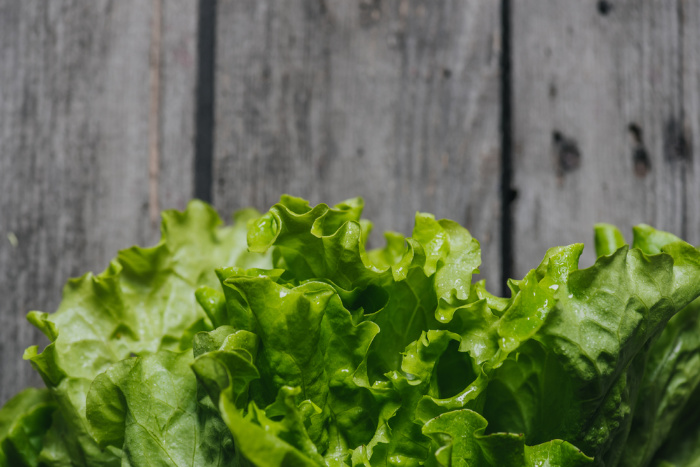

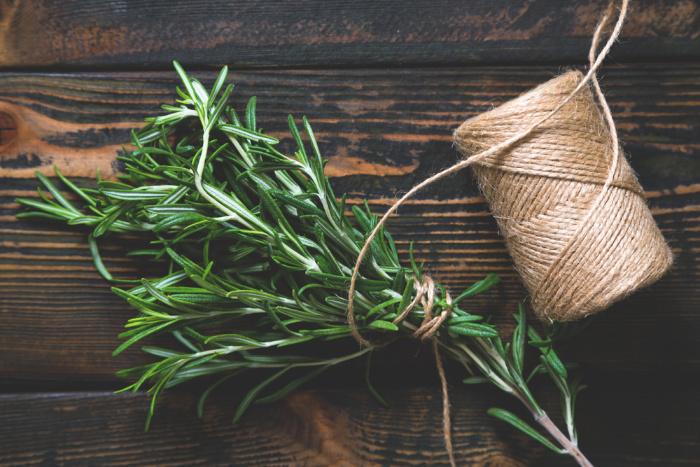
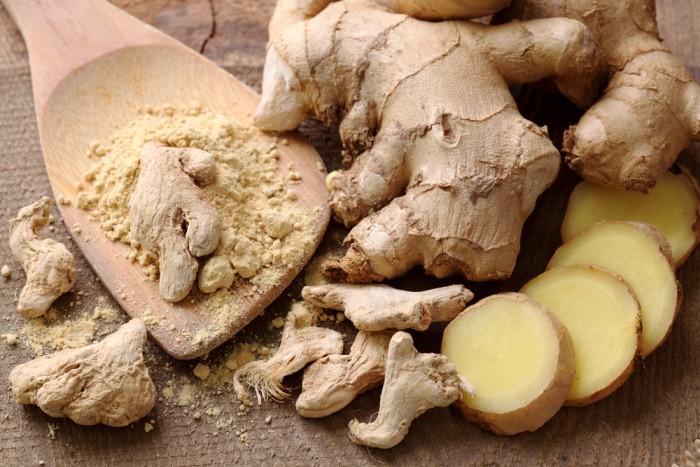
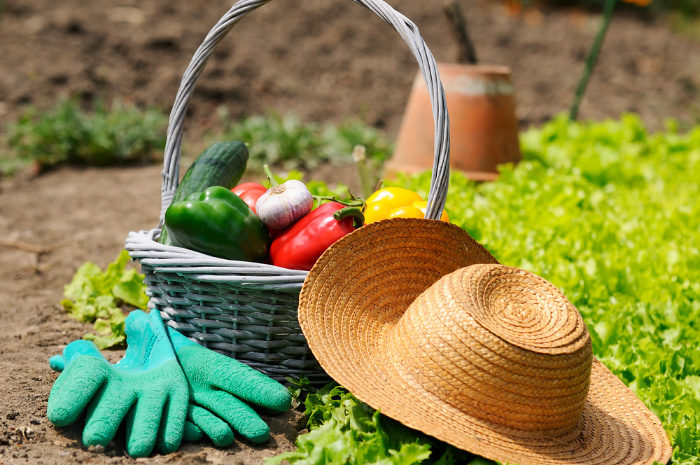
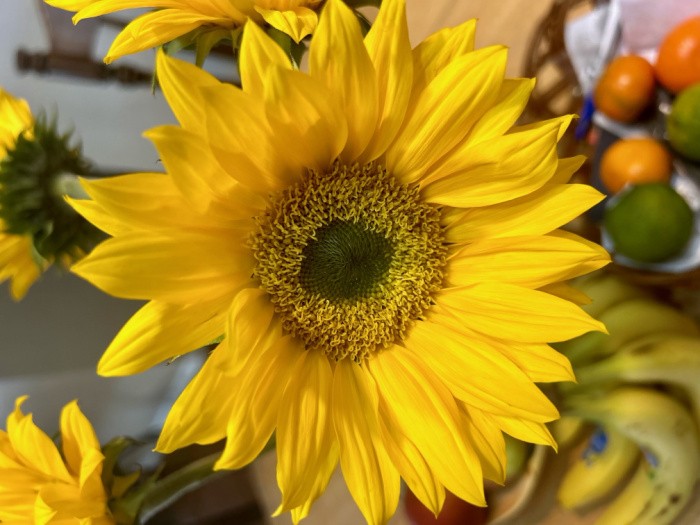
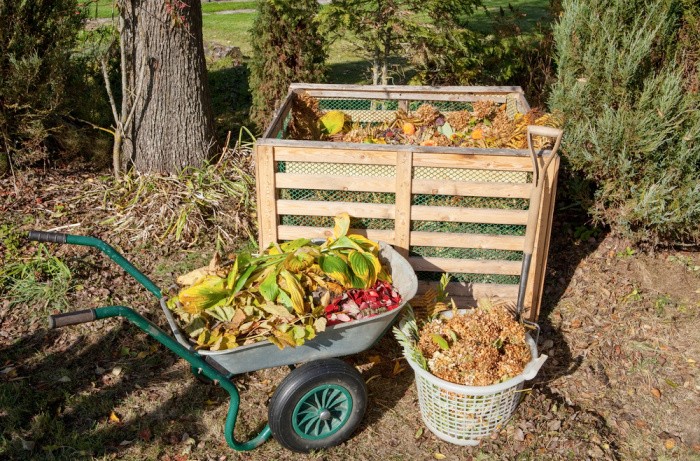
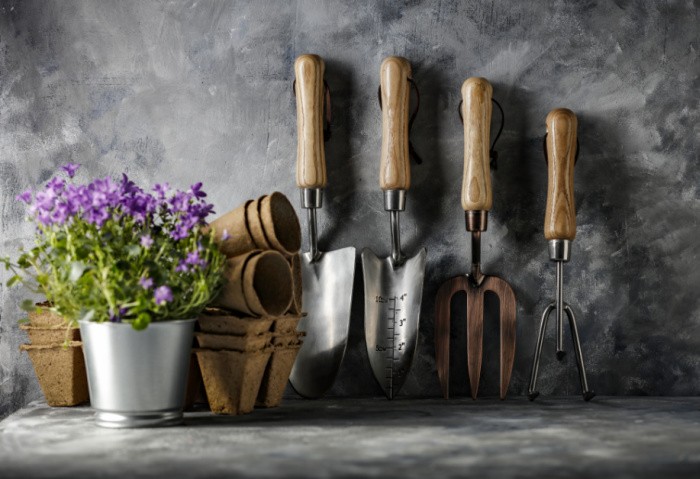













I keep it going in the summer but only as chicken feed supplement because it gets so bitter. They don’t seem to mind the bitter at all.
Hi Matt, this is a great tip!! I wish I had chickens love this tip. Linda
Linda, do you happen to know how deep the roots go? I’ve seen folks plant lettuce using gutters as containers, but I’ve not yet been able to make it work. I’m also in Alabama, so the lettuce-growing season is short here, it’s too warm. Considering hydroponics.
Hi Robin, I have seen lettuce growing in rain gutters in pictures. I’m glad you asked this question, different lettuce varieties require a different depth of soil. It sounds like I need to talk about this in a post. They must have chosen lettuce seeds with very shallow roots. Some lettuce requires deeper soil whereas some lettuce seeds like romaine have shallow roots. Spinach requires deeper soil, interesting, huh. I have learned how to grow lettuce 9 months out of the year where I live. I purchased some “EarthBoxes” to see how they do for people who porches or balconies. I grow my vegetables in 4-foot by 4-foot square raised garden beds that are 18 inches deep, I add new soil almost every year to keep if deep and fresh. Years ago I had a big yard and used a tiller, those days are gone. Stay tuned, I need to talk about the depth to grow lettuce varieties ASAP. People with big yards with gardens in the ground can plant just about anything. I will work on this, Linda
My preference is butter head. Several years ago I found the variety called Tom Thumb. The description is that they grow the size of a baseball and are big enough for one person. I let them get a little bit bigger and it’s a perfect size for two people – and boy is it delicious!
Hi Kathie, oh my, I need to go order some of the seeds “Tom Thumb” I have got to try those! Love it! Linda
Hot summer temps will make lettuce go to seed and get bitter–so if you have any shady places for a bed, plan on one for midsummer to keep your lettuces cooler. Or, plan the garden so something taller, like pole beans or peas, will shade the lettuce. Thick mulch will also help. And, plant successive small beds of lettuce–weekly, even–so you always have some coming along to replace what’s turning bitter.
But the flip side is, lettuce is quite happy to be one of the first, and last, things in your garden! My eventual dream is to set up a small greenhouse (I have the perfect location, sun all winter long) so I can keep hardy lettuce all winter. In the meantime, sprouts.
Also, don’t forget the other greens for salads–I *love* arugula especially, plus I collect wild greens like sorrel and lambs-quarter.
Oh, and a *huge* advantage with lettuce, if anyone is somehow forbidden to grow a vegetable garden. Lettuces can masquerade as lovely foliage–look for colorful varieties, and use them as edges. Borage, with its pretty blue flowers, and various edible flowers, too, can go in salads.
Hi Rhonda, oh my goodness, these are great tips! I love growing lettuce, lots of it!! Thank you! Linda
Linda:
I wish I could eat some of the other lettuces but things like Romaine lettuce really tear my stomach up. Since my stomach is weird (you can write me and ask about it) but I can eat fresh leaf lettuce and head lettuce and even sometimes those bother me. I like to make killed lettuce out of leaf lettuce which when we were able to grow it we would get the young leaves and if they were really young we would not even have to tear them to make it. Recipe below
Killed Lettuce
A large bowl of leaf lettuce (we would use a large professional kitchen bowl)
1 Medium Vidalia Onion (we used to live near Georgia and could get them all year.)
1/2 to 1 cup cider vinegar (I’m sorry that is the best I can do for measurements I cook by feel and a glug, glug measurement)
1/2-3/4 cup Oil of your choice
Heat Oil and Vinegar in separate pans. Pour the hot oil over the lettuce. Then pour the hot vinegar over it. Since we like chopped bacon in our Killed Lettuce I just use the bacon fat in place of the oil.
Hi Jackie, oh my gosh, I know some people can’t eat dark lettuce because of blood thinners, wow. I love the recipe killed lettuce!! I love saving my bacon grease! I wonder if there is mild lettuce you can eat? Or is it because it’s raw. You can email me at: foodstoragemoms@yahoo.com and maybe we can put our heads together to figure out something. Linda
I seen a idea on Facebook I am thinking of trying. Get a bag of Miracle grow, put drain holes in
one side of it then fluff up. Cut the bag open from top to bottom and spread open and plant your
lettuce seeds in there. You can plant radishes like that too. Don’t need a lot of room and I have a picnic
table I can put it on and no bending needed plus no weeds.
Hi June, that’s a great idea! You could have fresh lettuce, spinach, and radishes all summer! Linda
Hi Linda,
We always print out all your articles but this one on, Lettuce – Everything you Need To Know, will not print the pictures of the various types of lettuce!!! Usually there is never a problem printing your articles in full. We love them…can this lettuce article be tweeked so it will print the pictures?
Respectfully,
Jake
Washington State
Hi Jake, let me try. Linda
Jake, please check your email, I need to know if there is a problem. Thank you, Linda
WONDERFUL! The PDF link you sent me worked great and I’ve now printed this article. Perhaps there’s a glitch on my end but this is the first time I’ve ever not been able to print your articles, and I print them all…they’re GREAT!!!
Thanks, Linda and stay safe
Jake
Hi Jake, no worries, glad it worked. Thank you for your kind words, stay safe, stay well! Linda